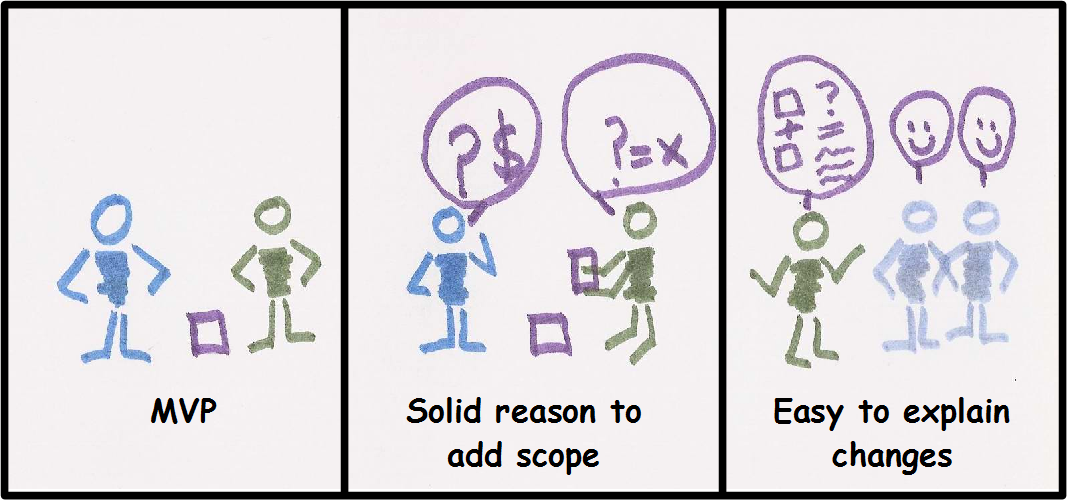The very term Transparency as used in the modern world of Management and IT is at best ridiculous and at worst dangerous and an unsettling endeavour.
Harsh words but think about it; few of us could actually deal with knowing every detail about everyone or everything. The human animal has not evolved to store and process billions of bits of data and analyse them without bias or errors. The terms “Option Paralysis” or “Information Overload” spring to mind.
Despite our modern life styles, which are information saturated, we actually only skim or glance over the actual information by taking other people’s narratives as easily digestible chunks. The fact that, very few of us even try to understand the complexities of our own environment natural or man made, socially and biologically is testament to millions of years of evolution which has resulted in our ability to filter and categorise.
This same ability to group similarities and make inferences from them is the very same reason we find the simple task of analysing data, without bias very difficult.
We often extrapolate from only a few data points and behave as if the presented data is “True” because it supports our previously held beliefs. We even find the weight of truth behind an unsubstantiated and sample of one (statistically irrelevant) as highly engaging and important :-Anecdotes.
So is it any wonder why, as a general rule we find true Transparency difficult. We actually don’t want transparency; like the Emperor, once he realised he was naked, we feel exposed; naked for all to mock and find fault. So is it really Transparency that we crave or is it actually the ability to access the information that we need or may need to complete our tasks well and in a timely manner, without any foreseeable obstacles or errors.
So instead of Transparency we actually require a “Need to Know Framework” that would allow us to recognise and highlight important information in concentric layers of Impact and Importance from you the Epicentre. This framework would be derived from the PRISM – a topic for another blog.


